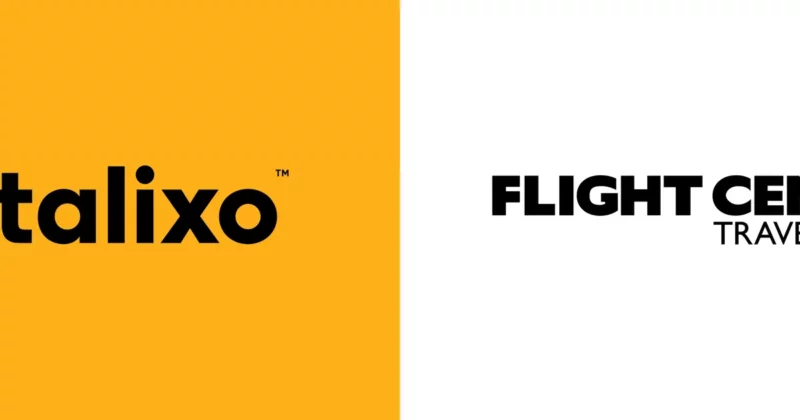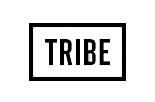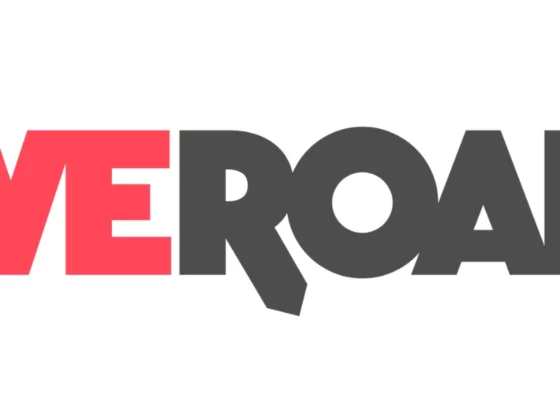
Travel sells itself, right? Wrong. The travel and hospitality industry faces unique challenges when it comes to landing page optimization. Unbounce’s 2024 Conversion Benchmark Report analyzed over 57 million landing page conversions across nine industries, including travel and hospitality, revealing insights that reinforce the importance of industry-specific data and targeted optimization strategies.
So, what findings stood out for travel and hospitality? It turns out that boosting conversions hinges on a few key factors: channel selection, landing page complexity, and mobile optimization. If you’re looking to build more effective campaigns, it’s time to set aside assumptions about “what typically works” and pivot toward strategies that drive the best results for travel and hospitality.
Paid social isn’t your best bet for conversions
When it comes to driving landing page conversions, paid social often falls short, with paid search traffic delivering more than double the conversions and email driving more than triple. This one might be surprising, given how many social media feeds are flooded with travel content. But let’s be clear—paid social has its place, just not necessarily this close to the point of conversion. Keep in mind that this may vary depending on how you define conversions for your business, so it’s always safest to test this theory at different stages of the funnel.
That said, if you’re leveraging paid social for conversions, Instagram is your best bet. Landing page traffic from Instagram ads converts at 7.4% for travel and hospitality—almost double Facebook’s 3.8% conversion rate. The success that brands are seeing on Instagram might also be related to the rise of video content within the travel and hospitality industry.
Google doesn’t always dominate in paid search
It might seem safest to rely on Google as a paid search channel based on its reputation, but in the travel and hospitality industry that assumption could be costing you conversions and unnecessary ad spend. Landing page traffic from Yahoo ads actually converts at 10.3%—49.2% higher than Google.
Consistency also matters. Yahoo ad traffic in this sector boasts a median conversion rate of 10.3%, with most pages converting at 8.4% or higher, highlighting its reliability. Google, on the other hand, shows more variability: Conversion rates for Google ad traffic typically range between 2% and 20.1%, with a median of 6.9%. This suggests that while Yahoo delivers a higher conversion rate and more consistent results, Google offers a wider range of potential outcomes.
Email is the top channel for landing page conversions
In travel and hospitality, you don’t always have to pay to play. With a conversion rate of 10.8%, email traffic outperforms paid social by more than three times and nearly doubles the median paid search conversion rate. The takeaway? High-intent channels like email win because travel planning is often a longer-term process, with customers willing to monitor deals and plan well in advance.
According to Expedia Group’s 2023 Path to Purchase research, travelers spend over 5 hours on average with travel content in the 45 days before booking. This data highlights the importance of building balanced strategies with channels that support conversion through all stages of the funnel. For example, Instagram may be a great top-of-funnel channel for raising awareness and generating travel ideas, while middle and bottom-of-funnel channels like email work best for converting high-intent buyers ready to book or act on an offer.
Short and simple landing page copy converts best
For travel marketers, the impact of short and simple copy can’t be overstated. In Unbounce’s Conversion Benchmark Report, travel and hospitality has more to gain from shorter landing page copy than nearly any other industry. For optimal results, landing pages in this industry should average around 417 words. The only industry with a shorter recommendation is education, at an average of 363 words.
When it comes to the complexity of copy, landing pages that are written at the fifth to seventh grade level see the biggest performance improvements—converting two to three times higher than those written at higher reading levels. None of the other industries analyzed saw this significant boost across all other reading levels, which underscores the importance of short and simple landing page copy.
Travel marketers are under-investing in mobile optimization
Another clear takeaway: the need to prioritize mobile optimization. Travel and hospitality sees nearly four times more mobile landing page traffic than desktop, but mobile conversions are lagging by 9.4%. With mobile landing pages templates readily available, there’s really no reason to under-invest in mobile-friendly marketing campaigns.
Ready to optimize? Here’s what’s next
These insights are your foundation for building higher-converting campaigns, but implementing them thoughtfully is key. Here are a few things to keep in mind before you get started:
- Consider your subcategory: Conversion rates may vary significantly between travel subcategories. For example, transportation and travel services have a median conversion rate of 14.8%, while accommodations are at 3.7%. That means you may see more success with some tactics than others depending on your subcategory.
- Test your changes in isolation: To accurately identify which insights drive results, modifications should be tested in phases. Launching multiple changes at once makes it hard to identify what’s working.
- Test across all stages of the funnel: Different tactics may perform better at different stages of the funnel. For example, paid social may be better for generating top-of-funnel conversions, whereas email could be better suited for bottom-of-funnel results.
- Clarify how you define conversions at each funnel stage: A top-of-funnel conversion might be a newsletter sign-up or resource download, whereas a bottom-of-funnel call to action might be a direct booking.
Remember, conversion rate optimization doesn’t have to be complicated. Simple changes can lead to big results, and best practices aren’t always best for your industry or conversion goal. When in doubt, always test.









